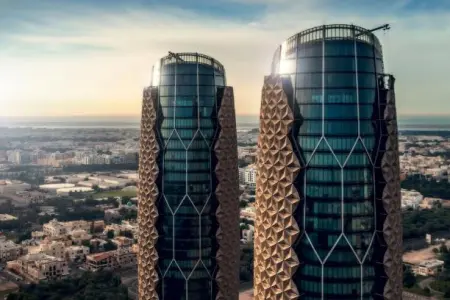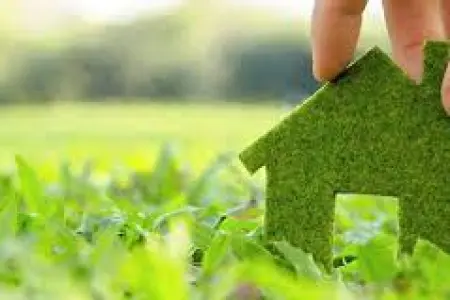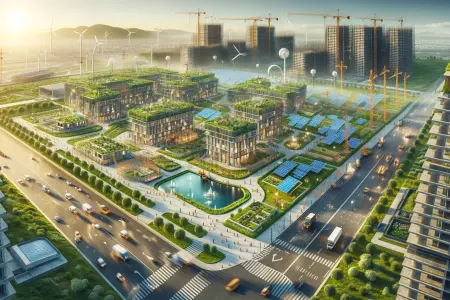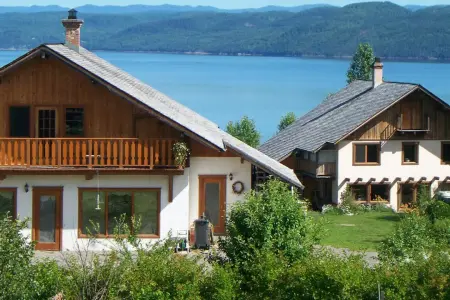In an era where environmental sustainability is more critical than ever, the construction and design industries are spearheading a green revolution. This comprehensive guide explores the myriad of eco-friendly technologies and approaches that are transforming buildings into models of efficiency and environmental stewardship. From the core concepts of ecological construction to the innovative materials redefining our spaces, we'll uncover how sustainability is being integrated into every facet of the building process.
Embracing eco-friendly construction and design:
- Eco-friendly construction techniques: Delve into the world of green building, where eco-friendly construction techniques are becoming standard. Learn about the use of sustainable building materials, such as recycled steel, bamboo, and reclaimed wood, and how they contribute to a healthier environment.
- Sustainable bbuilding materials: Explore the latest advancements in sustainable building materials. From biodegradable options to energy-efficient insulation, discover how these materials not only reduce environmental impact but also enhance the longevity and performance of buildings.
- Green design and architecture: Understand the principles of green design and architecture. See how architects are incorporating natural light, ventilation, and energy-efficient systems to create buildings that are as beautiful as they are sustainable.
- Energy-efficient structures: Investigate how modern structures are designed to optimize energy use. Learn about the technologies and designs that make buildings more energy-efficient, from smart home systems to passive solar design.
- Recycling and waste reduction in construction: Discover the importance of recycling and waste reduction in the construction process. Learn how repurposing materials and minimizing waste not only conserves resources but also reduces the overall environmental footprint of building projects.
- Water-saving technologies: Water conservation is a key aspect of sustainable construction. Explore innovative water-saving technologies, such as rainwater harvesting systems and low-flow fixtures, and how they're being integrated into modern buildings.
- Integrating nature into building design: Delve into how architects and designers are bringing nature into buildings. From green roofs and walls to the integration of ecosystems and biodiversity, understand how these elements contribute to the well-being of occupants and the environment.
The movement towards eco-friendly construction and design is not just a trend but a necessary shift towards a more sustainable and responsible future. By embracing these innovative technologies and materials, the construction industry is paving the way for buildings that are not only energy-efficient and beautiful but also harmonious with the environment. As we continue to explore and implement these ecological solutions, we contribute to a world where construction and nature coexist in balance and sustainability.












